The Tacoma Narrows Bridges, spanning across the Tacoma Narrows strait in Washington State, have a notorious history for their catastrophic structural failures. The first Tacoma Narrows Bridge, also known as Galloping Gertie, collapsed just four months after its opening in 1940. The collapse was a result of excessive vibrations caused by strong winds that resonated with the bridge’s natural frequency, leading to its ultimate failure. The lessons learned from the Galloping Gertie collapse set a precedent for modern engineering practices, making the Tacoma Narrows Bridges a significant case study in engineering failures.
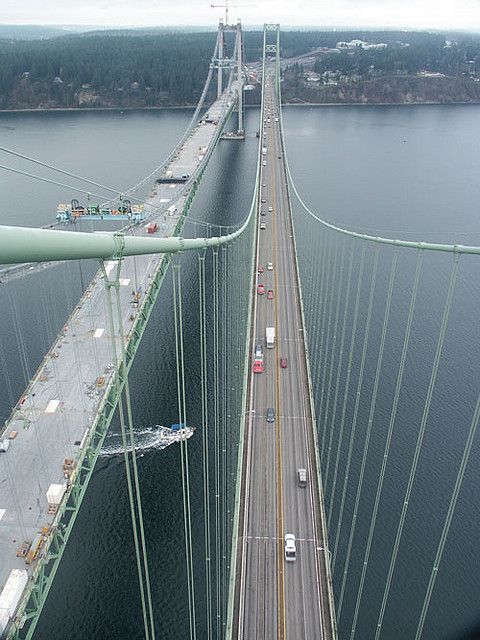
When the original bridge was designed, engineers ignored the aerodynamic properties of the bridge deck, which ultimately led to its collapse.
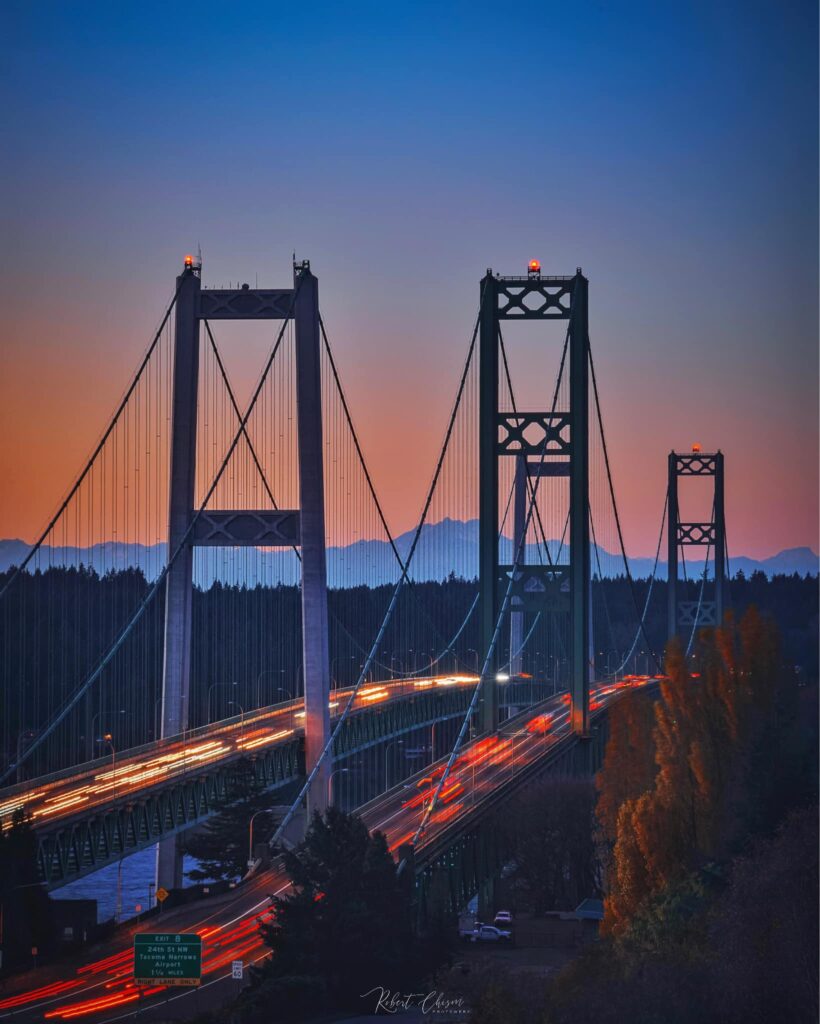
The deck, along with the steel cables suspending it, acted as a giant tuning fork, resonating at a frequency of approximately 0.2 Hz. When winds blew across the bridge, they created a vortex shedding effect, which caused the deck to oscillate up and down, leading to further amplification of the vibrations. The oscillations became so severe that the deck began to twist and turn, leading to the eventual collapse of the bridge.
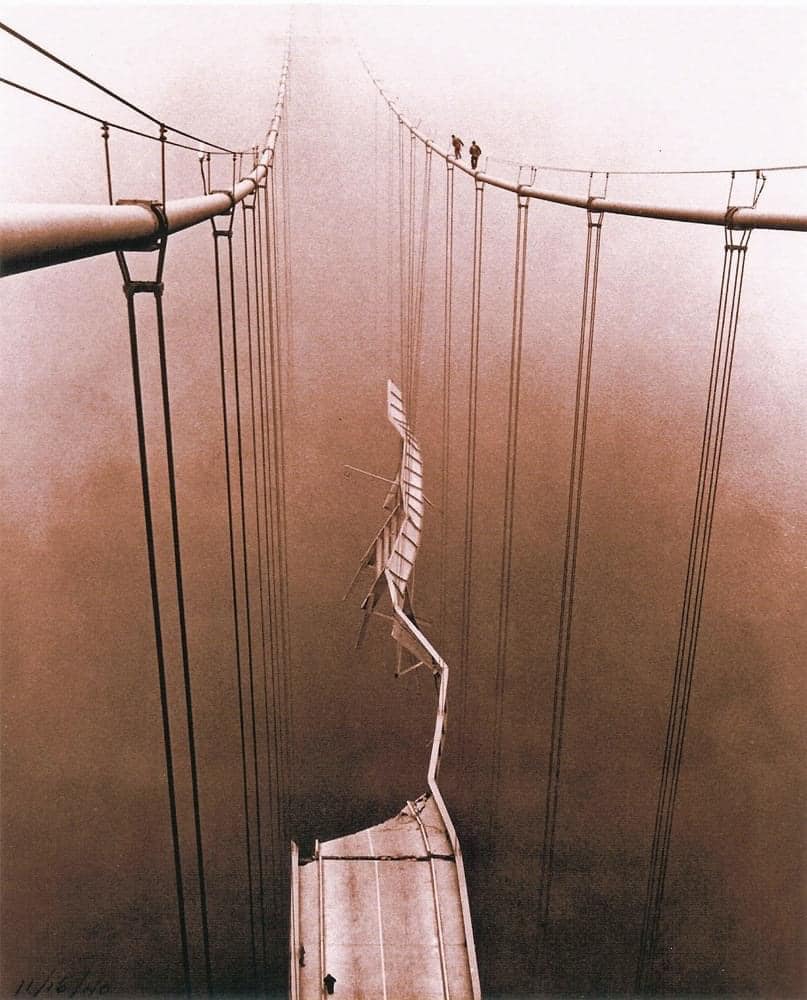
After the collapse of Galloping Gertie, engineers learned many valuable lessons to ensure that the replacement bridge would be stable and safe. They considered the aerodynamic properties of the deck and introduced stiffening trusses to prevent the vortex shedding effect. Additionally, they used wind tunnel testing to calculate and model the aerodynamic properties of the deck before construction began.
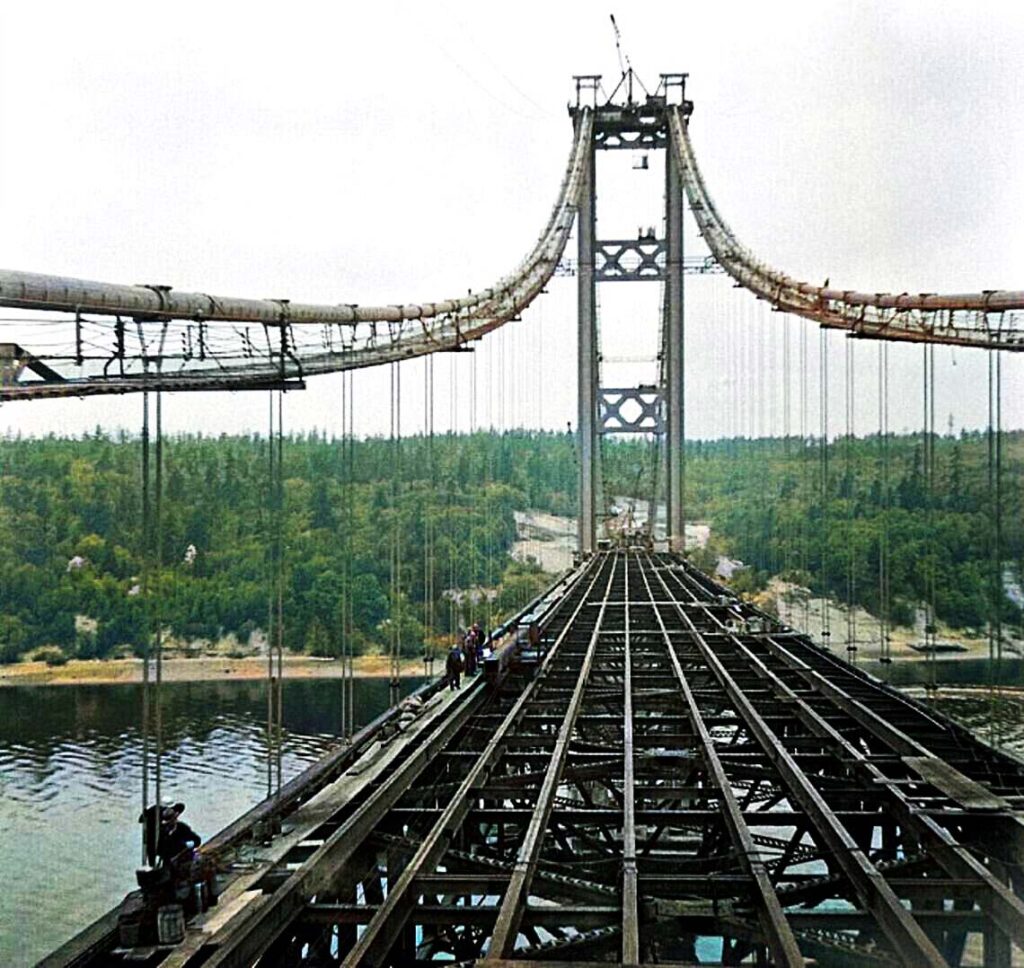
The current Tacoma Narrows Bridge, also known as the second Narrows Bridge, was opened in 1950 and has since been the subject of multiple studies and analyses. A notable report in the late 1990s concluded that wind-induced vibrations would not cause severe damage to the bridge. This report was based on the premise that the new bridge was engineered to be much more stable than its predecessor.
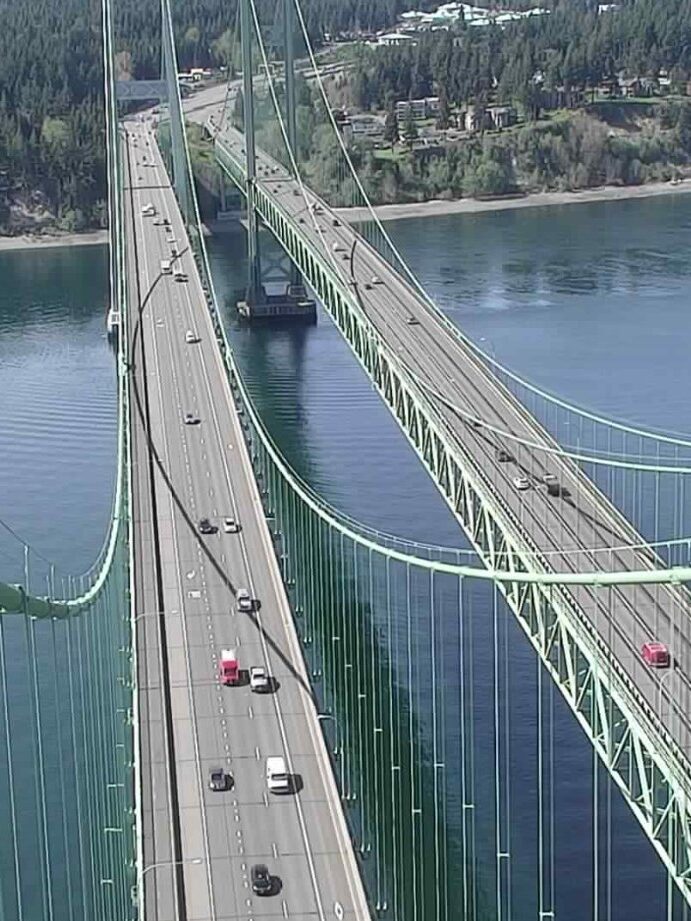
Interestingly, in 2000, a video of the second Narrows Bridge began circulating on the internet, showing the bridge oscillating during moderate wind conditions. While the video generated concern, further analyses showed that the bridge was, in fact, performing within acceptable standards, and the vibrations were well within the new bridge’s design limits.
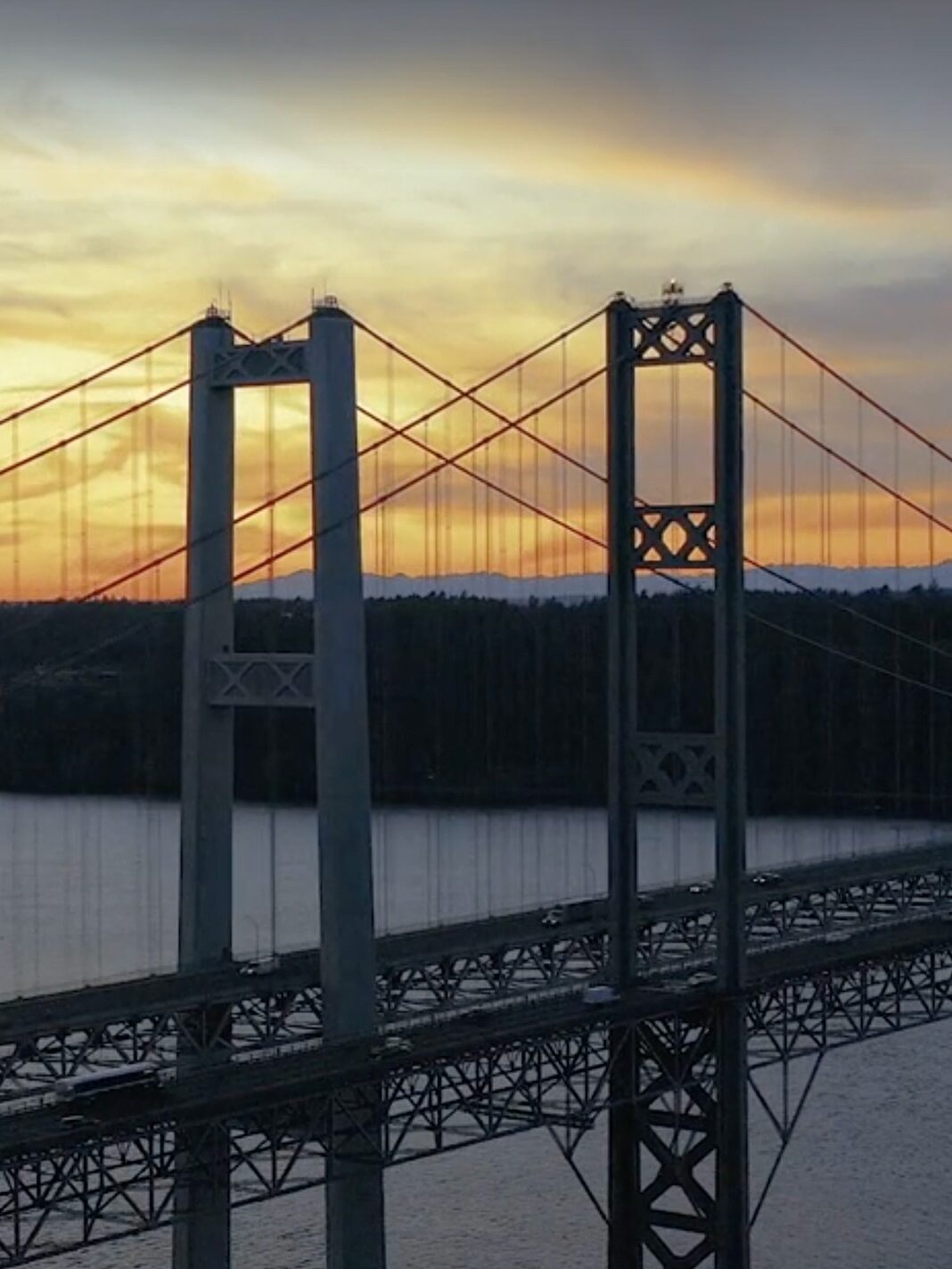
The Tacoma Narrows Bridges remain an example of the impact of poor engineering practices and the importance of learning from past mistakes. The collapse of Galloping Gertie led to a new era in bridge design, with lessons learned applied to many modern engineering practices. As technology advances, engineers can take advantage of advanced modeling techniques to gain a more complete understanding of dynamic loads. The new and original Tacoma Narrows Bridges serve as a reminder of the importance of continued innovation in engineering practices.

